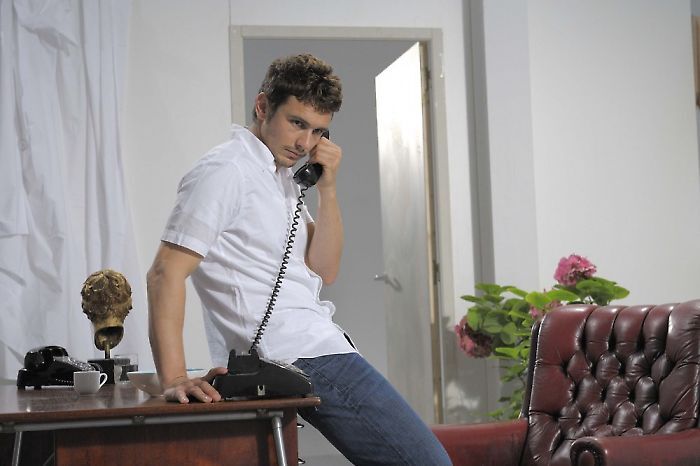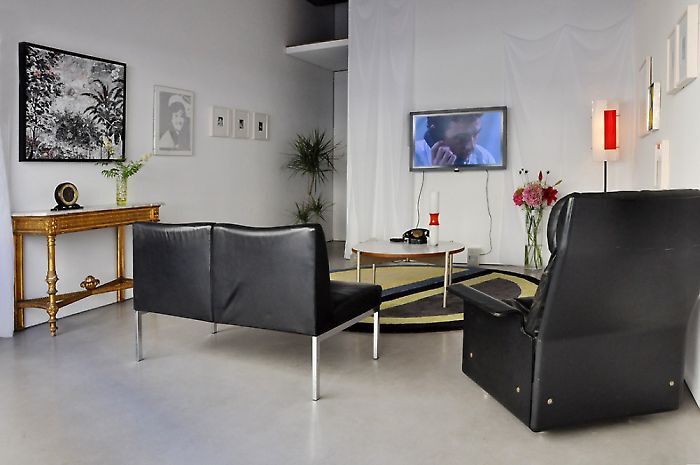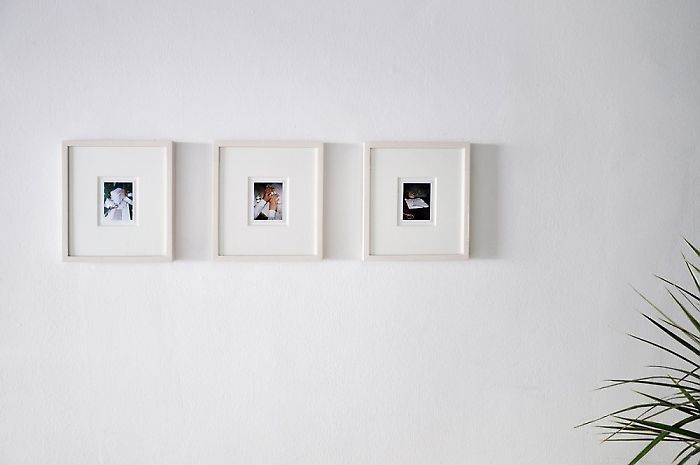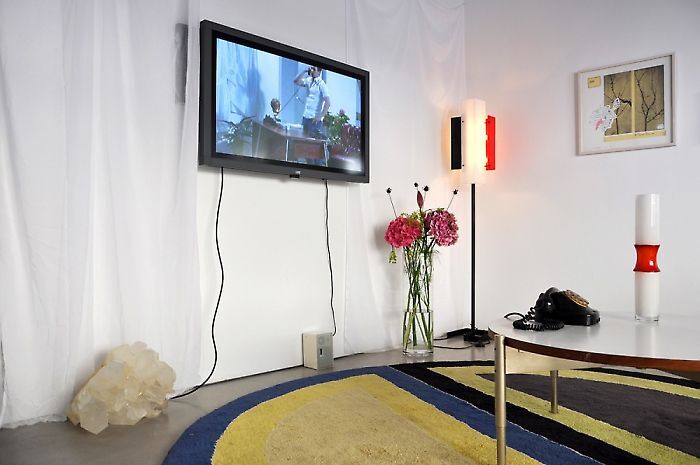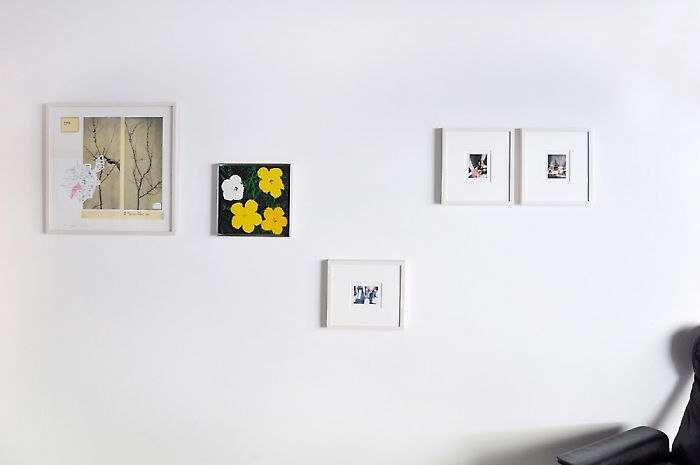—
Carter
Erased James Franco
Negative Thinking
Erased James Franco, a sixty-three-minute film by the New York–based artist Carter, borrows its title from Robert Rauschenberg’s infamous Erased de Kooning, 1953, a Willem de Kooning drawing that the younger artist painstakingly erased, leaving a ghostly trace of the original, and claimed as his own. The Rauschenberg work was a pointed and poetic act of negation (...). Carter’s film, in which the actor James Franco, confined to a minimal set, alternates between channeling a pair of iconic Rock Hudson and Julianne Moore performances and reenacting scenes from his own less than iconic movies, is altogether murkier and more mysterious in its effects and intentions. “I don’t quite know if it’s erasing or it’s building up,” Carter himself acknowledged in an onstage conversation at the Museum of Modern Art (...), after the film’s North American premiere.
Erased James Franco’s central theme of identity—or more to the point, identity breakdown — comes across most palpably in the two films it quotes. Both are existential horror movies: John Frankenheimer’s Seconds (1966), in which an aging bank manager (John Randolph) is transformed into a bohemian painter (Hudson) by way of a Faustian arrangement and advanced plastic surgery, and Todd Haynes’s Safe (1995), with Moore as a blank-slate Southern California housewife suffering from environmental illness and a disintegrating sense of self.
Franco pitches these re-creations in a specific register — paranoid disorientation for Hudson, numb fragility for Moore — but the scenes of Franco doing Franco are, perhaps by design, a bit of a blur. It’s not just that it’s hard to pick out or recall quotes from the likes of James Dean (2001), City by the Sea (2002), and Spider-Man (2002). (...) Carter has also gravitated to what he calls the “in-between moments” in Franco’s filmography. And so we get plenty of shots of the actor eating, drinking, pushing a chair around, scribbling in a notepad, walking through doorways, answering the phone. (He has some cleverly spliced-together “conversations” with the Hudson and Moore characters).
(...) Carter and Franco suggested that the idea was to give both a metaperformance (a performance that refers exclusively to other performances) and a nonperformance. (Carter, who has experimented with self-portraiture in his sculptures and paintings, told Franco to hold back, and the actor estimates he was operating at half speed: “I wish I could act at 50 percent in all my movies.” (...)
Text: Dennis Lim, in: Artforum, New York, 2009.08.04
Anfrage
Bitte hinterlassen Sie Ihre Nachricht hier
